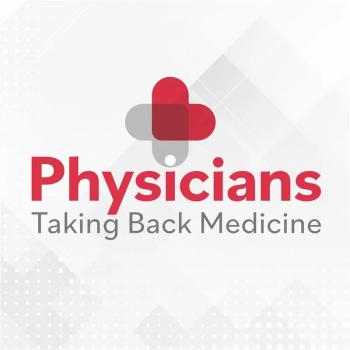
Tips for getting past technology glitches
Sometimes the struggles are not with the workflow changes or patient engagement, but with the portal software itself.
Sometimes the struggles are not with the workflow changes or patient engagement, but with the portal software itself. Robert Steed, manager of information technology for 56-provider Hendrick Provider Network in Abilene, Texas, ran into trouble because it was the first organization for whose electronic health record that the portal vendor had tried to write interfaces.
“They could never get it to work the way we needed to in order for us to have the functionality to hit our Meaningful Use counts,” Steed says. Besides the problem with the software, they went through four different vendor project managers. “That made it even more frustrating,” he says, “because every time you tried to fix issues, they changed project managers and you had to start all over again.”
Finally, in July 2015, feeling pressure to meet Meaningful Use attestation deadlines, Hendrick dropped the vendor and went with a different portal, and has had a much better experience. They were up and running within six weeks, he says. The providers, he adds, are not negative about the portal, but they are not enthusiastic either. “They see it as one more thing they have to do.”
Tim Dudley, MD, a family physician at DTC Family Health, a three-physician patient-centered medical home in Greenwood Village, Colorado, says the practice also had problems initially with poor integration between the EHR and portal software. But once the practice switched to a cloud-based and integrated system, “we began to drive patient portal use in a pretty extreme way,” Dudley says.
DTC is located in the Denver Technology Center, an area of the city home to dozens of high-tech companies. As its name implies, its patient population is quite tech-savvy. DTC Family Health has an opt-out policy rather than an opt-in policy for portal use. “Basically you have to tell us why you don’t want to use the portal, because we’re going to put everything on the portal. We think that is the best way for us to communicate,” Dudley says. “That is the best way for you to engage with us and view your medical record and use the tools available. We are pretty hard-nosed about it and as a result, we have between 70 and 80% portal adoption. We use it a ton.”
They also see it as a stepping stone to their planned addition of telehealth. “We estimate that probably 20 percent of visits do not require hands-on care and can be done in a more efficient way for the patients and for us using a secure, HIPAA-compliant video connection,” Dudley explains. “By early 2016, we will have chosen a vendor and started on that.”
Ernie Hood, a senior research director for The Advisory Board suggests appointing a portal leader who can think through the patient experience, not the provider experience. “Most organizations think about it as a provider tool. It is a tool for the patient to engage your services more effectively. The leading edge organizations approach it by thinking about the patient experience,” Hood says. He suggests describing the portal as just another channel for accessing your services. “Call me, see me, send me a secure message. Do whatever is convenient for you. That is inviting.”
Newsletter
Stay informed and empowered with Medical Economics enewsletter, delivering expert insights, financial strategies, practice management tips and technology trends — tailored for today’s physicians.















